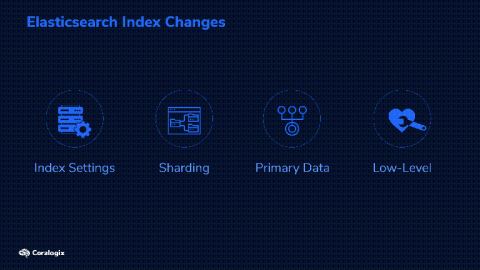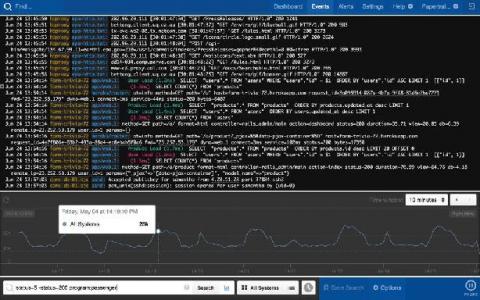Your Employees Are Superheroes, but This Superpower Might Be a Security Risk
Many people are working from home (WFH) now and will be for at least the next few weeks. The VPN and TLS connections that remote workers rely on allow for secure access, and although these are not new connection types to monitor, the current WFH situation has created a significant increase in the number of these connections you must monitor. This new WFH scenario has made one thing easier: mobile users are no longer mobile.







